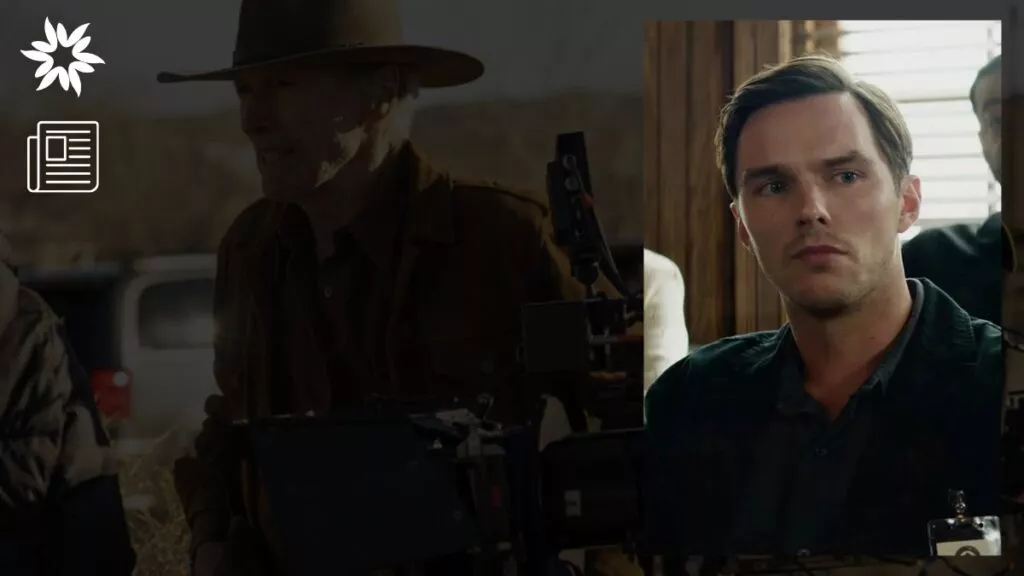The Aravani Art Project uses art to connect transgender people with the public, challenging discrimination and fostering acceptance.
Key Takeaways
- Despite legal recognition, transgender people in India face discrimination and social exclusion.
- The Aravani Art Project uses public art to connect transgender people with society, promoting inclusiveness.
- The collective's work has led to increased awareness, changed perceptions, and provided livelihood opportunities.
The Beginning of Change: The Aravani Art Project
A decade ago, India recognized transgender people as a third gender. But reality still shows that they face much negativity.
The Aravani Art Project, based in Bengaluru, aims to change this through art. It encourages transgender people to share their voices visually, improving public connections.
Founder Poornima Sukumar started this project to highlight the transgender community’s richness overlooked by society.
Since 2016, the collective has made public art that speaks loudly of their life and struggles.
How Art Is Shifting Perceptions and Making a Difference
This project creates a safe space where transgender people can express themselves without fear, painting walls that tell their stories.
Working on these art projects in public spaces has not only united the transgender community but also opened a dialogue with bystanders, leading to greater acceptance.
In cities across India and even at Facebook headquarters, Aravani’s murals bring joy and a message of inclusion.
These art pieces offer a source of livelihood and reclaim spaces for transgender people, making a strong statement against discrimination.
Stories of Transformation and Hope
Lead artists like Shanthi Muniswamy and Karnika Bai share how art has been a transformative tool for them, allowing them to overcome societal barriers and discrimination.
Through their public art, they’ve engaged with the broader community, fostering understanding and breaking down prejudices.
Their artworks often include symbols from local cultures, making each piece deeply personal and rooted in the community’s identity.
This approach not only celebrates transgender lives but also the beauty found in everyday moments and connections.
Challenges Remain, Yet Progress Inspires
Despite significant strides made by the Aravani Art Project, challenges persist for transgender people in India. Educational and economic participation remains low, and social acceptance is not universal.
However, the project’s visibility has brought confidence and a stronger voice to the community members.
Collaborations with brands and independent commissions show a growing acceptance and demand for transgender artists’ work. Personal stories of acceptance, like Muniswamy’s, highlight the profound societal impact of the project.
Using Art for Greater Good
The Aravani Art Project exemplifies how art can be a powerful tool for social change, creating a bridge between transgender individuals and the broader public.
Through their creative expression, they’re challenging stereotypes and painting a picture of hope and inclusivity for future generations, both in India and around the world.








